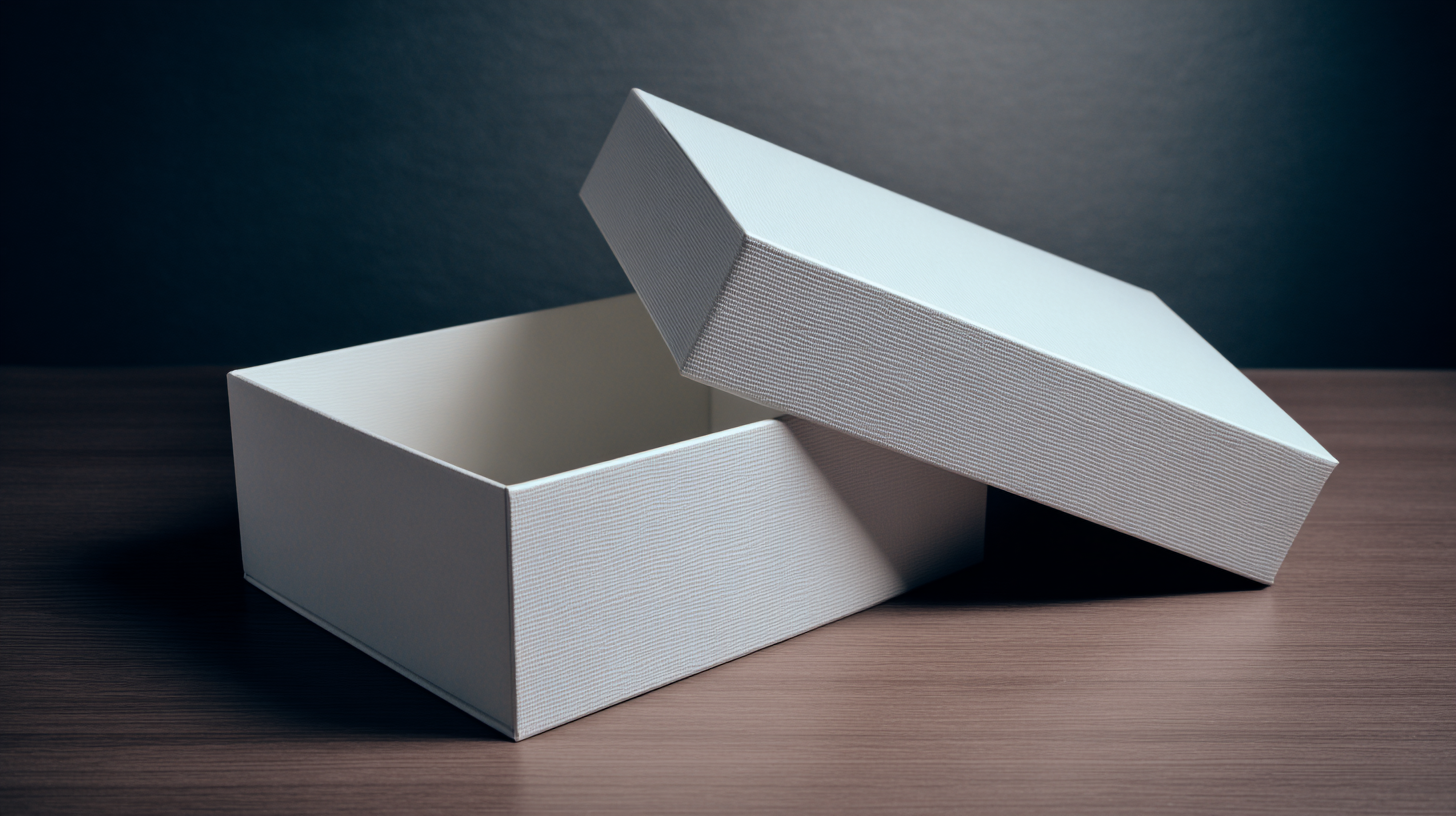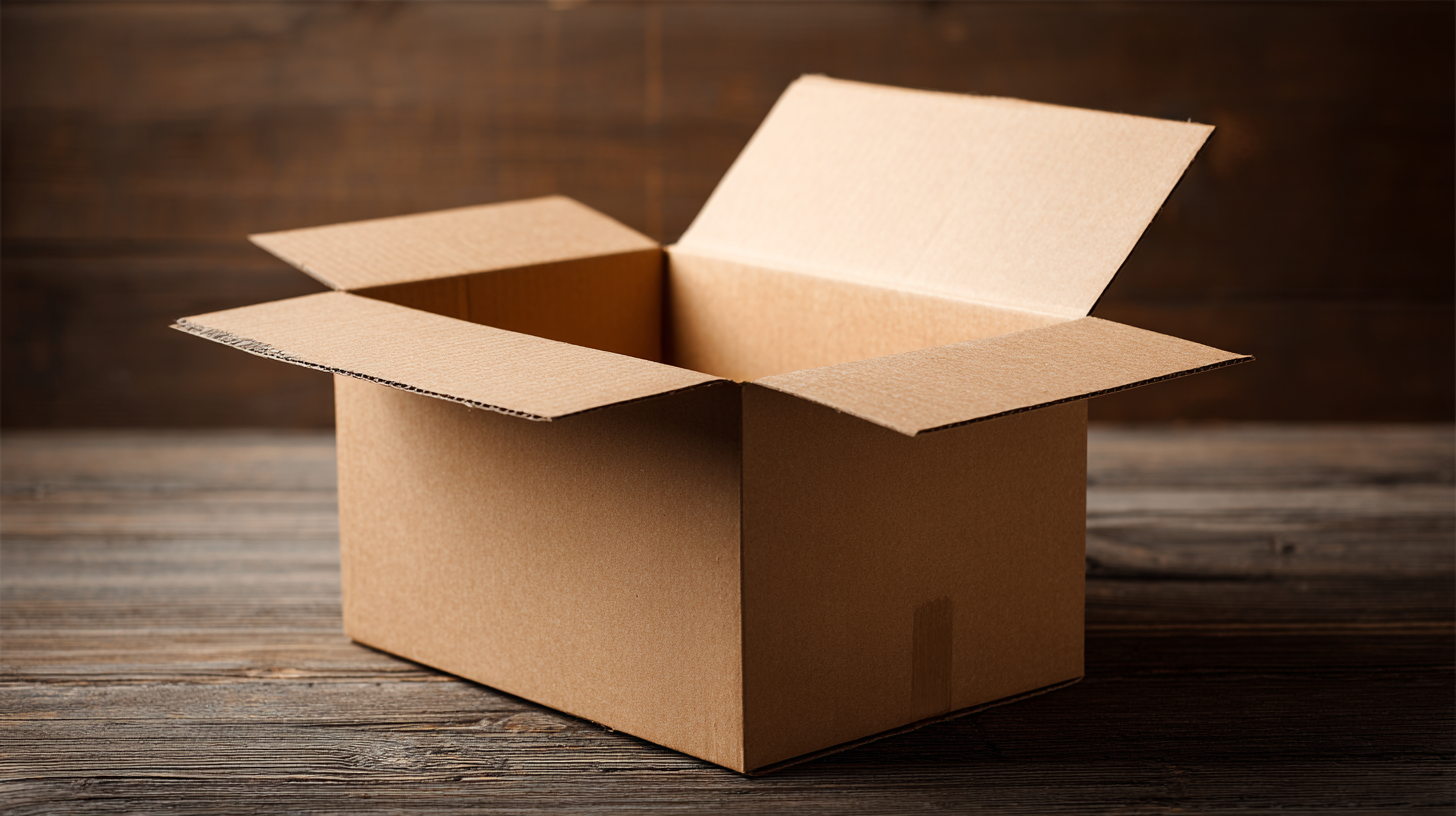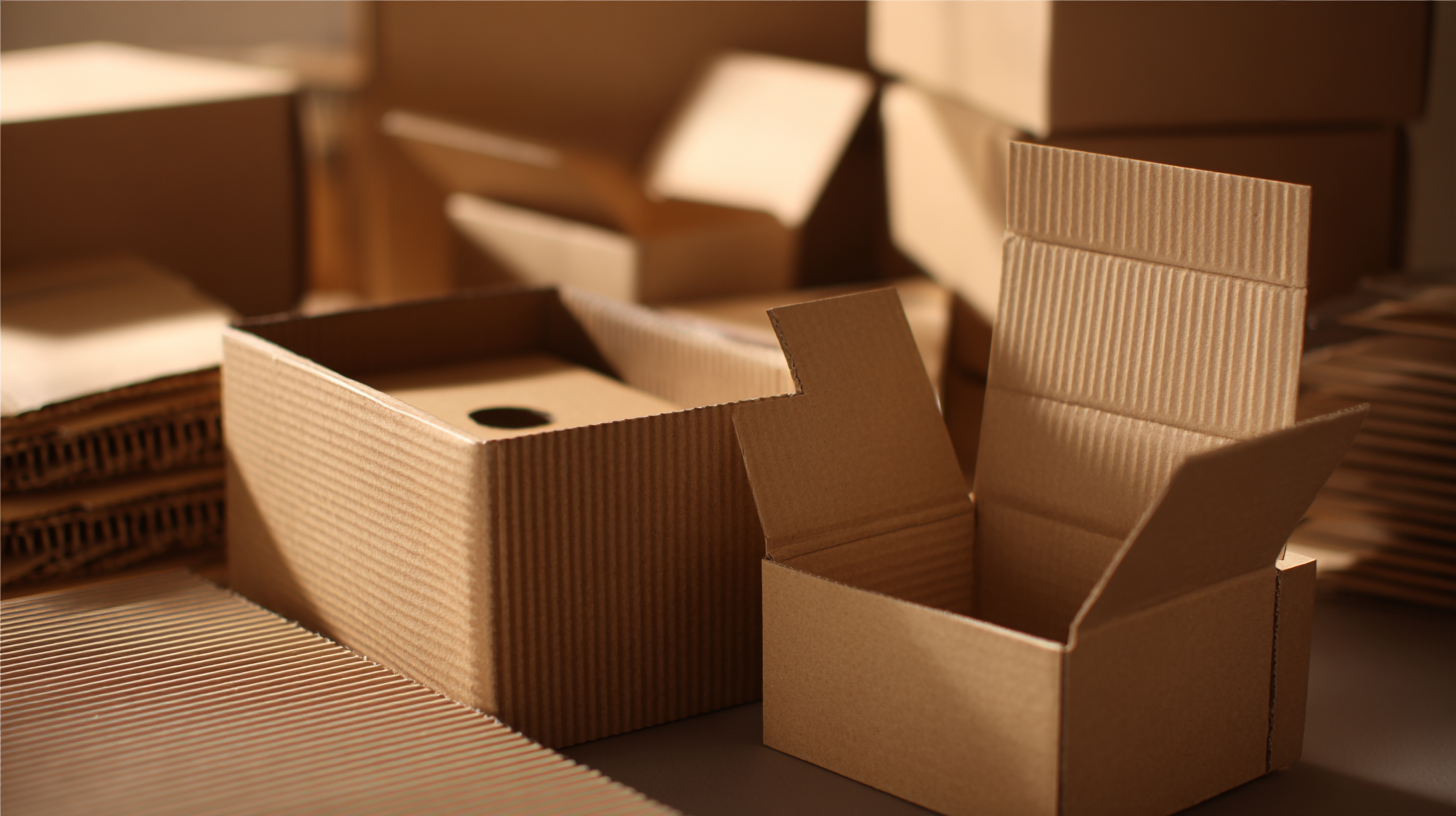Mastering the Best Custom Box Specifications and Design Tips for Effective Packaging
In today's competitive marketplace, the importance of effective packaging cannot be overstated, particularly when it comes to utilizing custom boxes that cater to both aesthetic and functional needs. According to a report by Smithers Pira, the global market for custom packaging is expected to reach $500 billion by 2024, driven by retail and e-commerce growth. Custom boxes not only enhance brand visibility but also play a crucial role in reducing return rates and improving customer satisfaction. It's estimated that well-designed packaging can lead to a 30% reduction in product damage during transit, thus minimizing repair costs and enhancing after-sales service advantages.

As businesses increasingly prioritize sustainability and consumer experience, mastering the best custom box specifications and design becomes essential for success in packaging strategy. This blog will delve into the key aspects of custom box design and the benefits of tailored packaging solutions.
Understanding Industry Standards for Custom Box Production
When it comes to custom box production, understanding industry standards is crucial for achieving both functionality and visual appeal. These standards serve as the foundation for creating packaging that not only fits the product perfectly but also complies with regulatory requirements. The dimensions, materials, and printing processes are all dictated by these standards, ensuring that boxes are sturdy enough to protect contents while also maintaining aesthetic quality. For example, using a warp-resistant cardboard with the right thickness can help to enhance durability while achieving the desired print clarity.
Moreover, familiarizing yourself with various types of custom boxes, such as corrugated, folding, and rigid boxes, will empower you to make informed design choices. Each type has its specific industry applications and best practices, impacting everything from weight distribution to shipping efficiency. By integrating these specifications with your design strategy, you can ensure that your custom boxes not only meet industry standards but also resonate with your target audience, effectively showcasing your brand while serving practical purposes. Keeping these guidelines in mind can facilitate smoother production processes, better product presentation, and ultimately, greater customer satisfaction.

Key Factors to Consider in Custom Box Design
When it comes to custom box design, several key factors must be considered to ensure effectiveness in packaging. Firstly, the functional aspect of the packaging should not be overlooked. Advanced packaging solutions, especially in sectors like electronics, are now making significant improvements in performance and reducing manufacturing costs. A recent analysis indicates that advanced multichip packaging can lead to a more efficient product life cycle, combining performance enhancement with significant cost reduction—a vital consideration for any custom packaging project.

Another critical element is aligning the packaging design with branding strategies. According to the latest data, the global gift boxes market is projected to grow significantly, driven by increasing demand across various sectors. This highlights the need for businesses, especially small ones, to thoughtfully design their packaging to resonate with their target audience. By leveraging innovative design technologies and incorporating high-quality materials, brands can enhance their visibility and appeal in a competitive market, ultimately leading to improved customer retention and loyalty. Custom packaging, when executed well, not only protects the product but also serves as a powerful marketing tool that can drive sales and brand recognition.
Innovative Materials for Effective Packaging Solutions
In the world of packaging, innovative materials play a crucial role in creating effective solutions that not only protect products but also enhance brand image. Recent industry reports have highlighted a growing trend toward sustainable materials, with 58% of consumers indicating a preference for environmentally friendly packaging. Utilizing biodegradable, compostable, or recyclable materials not only meets consumer demand but also aligns with global sustainability goals. Incorporating such materials can significantly reduce a company's carbon footprint while appealing to a conscientious customer base.
When designing custom boxes, it’s essential to consider the practical application of these materials. Here are a few tips: first, always test the durability of your chosen materials to ensure they can withstand the rigors of shipping and handling. Second, think about the aesthetics—select colors and textures that resonate with your brand identity, as 72% of consumer purchasing decisions are influenced by packaging design. Lastly, implement efficient designs that minimize material waste while maximizing space utilization within the box, thereby enhancing the shipping process.
Furthermore, integrating smart technologies such as QR codes or NFC chips with innovative materials can elevate the packaging experience. These technologies enable brands to interact with customers directly, offering additional product information and driving engagement. With 52% of consumers favoring brands that provide an interactive customer experience, packaging has evolved beyond its traditional role into a pivotal marketing tool.
Techniques for Ensuring Durability and Protection in Custom Boxes
When it comes to custom box packaging, ensuring durability and protection is paramount. One effective technique is to choose the right materials that can withstand various shipping conditions. For instance, corrugated cardboard is a popular choice due to its lightweight yet robust structure. This material not only provides excellent cushioning but also resists moisture and external pressures that could compromise the integrity of the package. Incorporating additional features like double-walled construction can enhance strength, making it ideal for heavier items.
Another crucial aspect is the design of the box itself. Designing boxes with reinforced edges can protect against crushing, while understanding the weight distribution within the box is key to preventing damage during transit. Additionally, using custom inserts or dividers can help secure products in place, minimizing movement and potential breakage. A well-thought-out design paired with durable materials creates the perfect synergy for effective packaging, ensuring that products arrive at their destination in pristine condition.
Best Practices for Visual Branding on Custom Packaging
When it comes to creating custom packaging, visual branding plays a pivotal role in capturing consumer attention and conveying your brand identity. One of the best practices for effective visual branding is to ensure that your packaging design aligns with your overall brand aesthetics. This means using consistent colors, fonts, and imagery that reflect your brand's personality. For instance, a luxury brand may opt for minimalist and sophisticated designs, while a playful brand could employ vibrant colors and whimsical graphics. The goal is to create a cohesive experience that resonates with customers and reinforces brand recognition.
Another crucial aspect is the use of storytelling through packaging. Visual elements should tell a story about your product or brand, making an emotional connection with consumers. Incorporating elements such as illustrations, icons, or unique patterns can enhance the unboxing experience and make the product more memorable. Additionally, including thoughtful details, like eco-friendly materials or QR codes leading to interactive content, not only elevates the packaging but also aligns with modern consumer values. By prioritizing visual branding in custom packaging, businesses can effectively differentiate themselves in a crowded marketplace and foster stronger customer loyalty.
Mastering the Best Custom Box Specifications and Design Tips for Effective Packaging
| Dimension Type | Specification | Material | Design Tips | Branding Elements |
|---|---|---|---|---|
| Outer Box Dimensions | 12 x 8 x 4 inches | Recyclable Corrugated Fiberboard | Use bold colors and minimalist design | Logo placement on top and sides |
| Inner Box Dimensions | 10 x 6 x 3 inches | Eco-friendly Paperboard | Incorporate patterns to enhance visual interest | Use a tagline or brand story inside |
| Closure Type | Fold top with tuck end | Sturdy 200 lb test weight | Consider an easy-open feature | Include a QR code for customer engagement |
| Print Finish | Matte Lamination | Durable and Scuff-resistant | Use spot UV for contrast on logos | Ensure consistency with brand colors |
| Shipping Weight | 1.5 lbs | Lightweight but sturdy | Optimize for shipping costs | Include shipping information clearly |